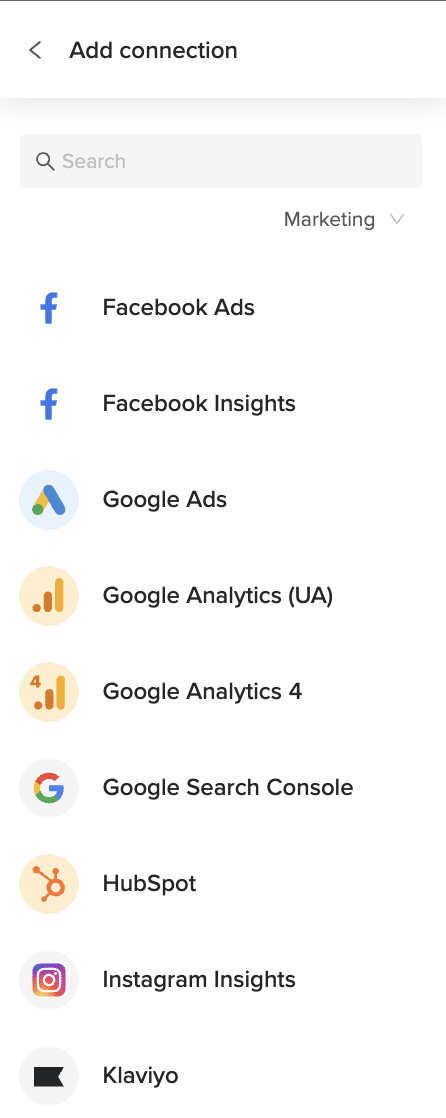Understanding how viewers discover your YouTube content is crucial for optimizing visibility and growth. YouTube Studio’s native analytics provide limited ways to analyze traffic sources over time and across different videos.
Coefficient creates a direct connection between your YouTube traffic source data and Excel, enabling comprehensive analysis of how viewers find your content.
TLDR
-
Step 1:
Install Coefficient from the Office Add-ins store in Excel
-
Step 2:
Connect your YouTube Analytics account
-
Step 3:
Select and import Traffic Source report data
-
Step 4:
Set up auto-refresh to keep traffic data current
-
Step 5:
Create traffic source analysis dashboards in Excel
Step-by-Step Guide to Importing YouTube Traffic Source Data
Step 1: Install and Connect Coefficient
Begin by adding Coefficient to your Excel environment:
- Open Excel on your computer
- Navigate to the Insert tab in the ribbon
- Click Get Add-ins
- Search for “Coefficient” and click Add
- Once installed, click the Coefficient icon to open the sidebar
- Select “Import Data” to start connecting your data sources

Step 2: Import Traffic Source Data from YouTube Analytics
Now, connect to YouTube Analytics and select the traffic source data to import:
- In the Coefficient sidebar, click “Import from”
- Select “Marketing” from the categories
- Choose “YouTube Analytics” from the marketing connectors list
- Log in to your YouTube account when prompted
- Under “Reports,” select “Traffic Source”
- Choose the time period and specific metrics you want to analyze
- Select where in your spreadsheet to import the data
- Click “Import” to bring the traffic source data into Excel

Step 3: Set Up Auto-Refresh (Optional)
Keep your traffic source data current with automatic refreshes:
- In the Coefficient sidebar, find your imported traffic source data
- Click the “…” menu and select “Configure refresh”
- Choose your preferred refresh frequency (hourly, daily, or weekly)
- Set specific times for the data to update
- Click “Save” to activate automatic refreshes

Maximizing Traffic Source Analysis in Excel
With your YouTube traffic source data in Excel, you can perform sophisticated analysis:
- Compare traffic sources to identify your most effective discovery channels
- Track how traffic source patterns evolve over time
- Analyze which traffic sources lead to highest viewer engagement
- Create custom visualizations of your traffic source distribution
- Develop targeted strategies to optimize each traffic source
Available YouTube Analytics Reports in Coefficient
Reports
- Channel Metrics
- Top Videos Performance
- Channel Overview
- Traffic Source
- Geographies
- Demographies
- Device
- Social
- Playlist
- Playback Location
Frequently Asked Questions
Trusted By Over 50,000 Companies
)






